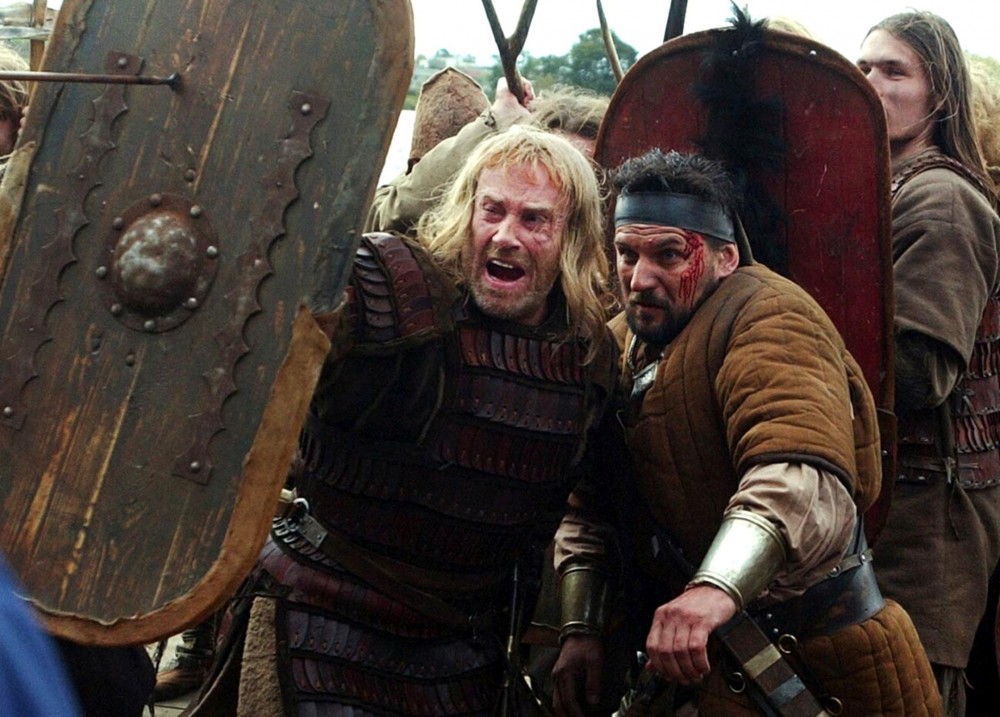
The article is an attempt to examine the possibility of ethnocultural factors influence on the course of state-formation process in the 8th—9th century Slavic Polabya. For this purpose, through comparison of written sources with current archaeological data and results of linguistic studies, the most contentious issues in ethnocultural processes on the lands of the Polabian Slavs were discussed and analyzed, the revised ethnic structure of the region was proposed, the primary cultural frontiers were revealed and considered in terms of correlation with the early statehood centers. The author comes to conclusion, the whole region was originally settled by three major groups of the Slavic people: the West Lechites in the North, the White Serbs in the South-West and, probably, the White Croats in present day Oberlausitz. The Northern part of the region, which included the Obotrites and the Veleti tribes was generally characterized by log cabin dwellings, predominant use of Sukow-type ware, higher percentage of pig bones and, partially (in case of the North Veleti), burials of the Alt-Köbelich type. On the other hand, the White Serbs and Croats shared similar types of animal husbandry (based on cattle farming and with significantly higher percentage of goat & sheep farming), house building (rectangular semi-subterranean & pit-houses) and ceramic production (the Prague-Korchak vessels). But the burial customs were different: the White Croats performed cremation burial in kurgan burial mounds while the White Serbs left flat-grave cemeteries with cremations in urns. In addition, two zones of interaction emerged in course of migration: one — in Havel basin, where the Veleti settlers met the people of the White Serbian descent, and second, the Lechite-Croatian, — in Niederlausitz. The author suggests, the appreciable ethnocultural diversity of the Middle and Lower Havel region with a major ethnocultural border passing across its territory could have a significant influence on the early state development of the Hevelli-Stodorani principality with its presumably military background and comparatively more centralized mode of government.
Source: Vatseba R. (2018). The 7th–9th century ethnocultural structure of Slavic Polabya & the influence of borderlands on state formation processes. Scholarly Works of the Faculty of History, Zaporizhzhia National University. Vol. 51: 329-341
Source web-site: http://istznu.org/dc/file.php?host_id=1&path=/page/issues/51/47.pdf
Number of views: 3934